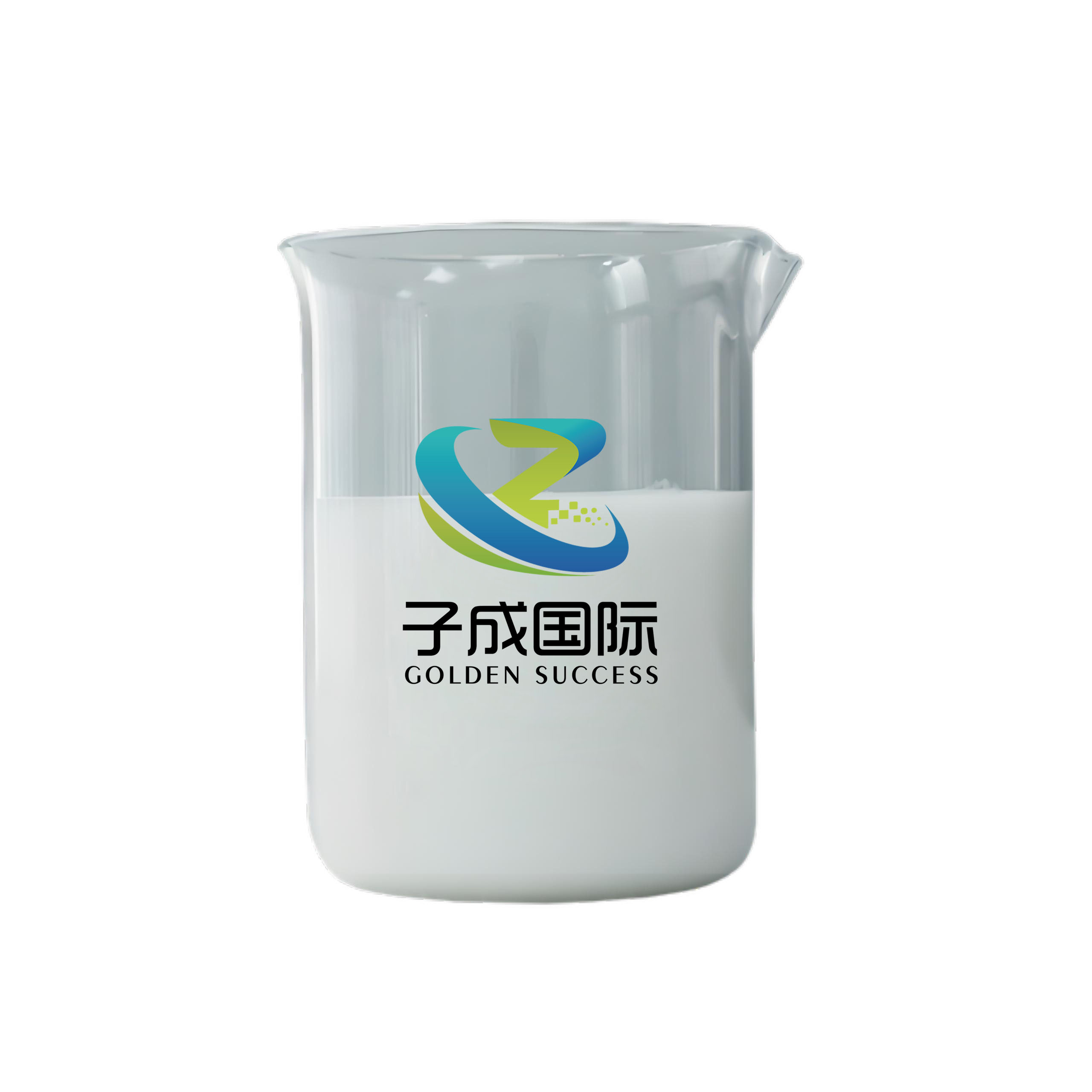Choosing appropriate environmentally friendly defoamers is of great significance for improving production efficiency, reducing processing costs, and protecting the environment. However, in practical application, due to the great differences in foam properties and systems in different industries and process conditions, it is often challenging to select appropriate defoamers. Here are some suggestions, hoping to help users better choose suitable environmentally friendly defoamers.
First, clarify the application demand and the nature of foam. The properties of foam are different in different industries and process conditions, so it is necessary to select the appropriate type of defoamer according to the specific situation. For example, in the field of water treatment, it is necessary to choose defoamers that can quickly disperse, do not float oil, and do not stick to walls; In the food processing industry, it is necessary to choose defoamers that are harmless and biodegradable to the human body.
Secondly, consider the biodegradability and environmental performance of defoamers. Environmentally friendly defoamers should have good biodegradability and low toxicity to reduce potential impacts on the environment and human health. When selecting, relevant environmental certifications and testing reports can be consulted to ensure that the environmental performance of defoamers meets relevant standards and regulatory requirements.
In addition, the compatibility and stability of defoamers also need to be considered. Defoamers should have good compatibility with the system used to avoid adverse reactions or affect the stability of the system. Meanwhile, defoamers should also remain stable under different temperature and pH conditions to ensure their effectiveness throughout the entire process.
Finally, it is recommended to conduct sufficient experimentation and optimization. Before practical application, performance testing and optimization of defoamers can be conducted through small-scale or pilot testing. By adjusting the type, dosage, and usage of defoamers, the best defoaming solution can be found to improve production efficiency and product quality.
In a word, the selection of appropriate environment-friendly defoamer requires comprehensive consideration of application requirements, foam properties, biodegradability, compatibility, stability and other factors. Through sufficient experimentation and optimization, the best defoaming solution can be found to meet the needs of different industries and process conditions.

 English
English
 Chinese
Chinese Vietnamese
Vietnamese
 HOME
HOME
 PRODUCT
PRODUCT
 NEWS
NEWS
 CONTACT
CONTACT


